Argos Multilingual and Planday: Scaling the team
“The switch to Lokalise for Planday was driven by me – parallel to our standing collaboration with Argos. When we became confident in our Lokalise workflow and setup, we switched to collaborating with Argos Multilingual through Lokalise. And it’s going great!”
Cristina Niculescu-Skov
Product Content Designer at Planday
Planday from Xero is a leading digital solution that uncomplicates everyday workforce management, so businesses and shift workers around the world are empowered to achieve more.
Established in 2004 by two shift workers who saw the need for smarter scheduling, keeping staff management simple with digital solutions is in Planday’s DNA.
Headquartered in Copenhagen, Denmark, Planday operates in more than 10 countries and supports over 400,000 users across Europe and the US. The SaaS company offers its desktop and mobile products in 20 languages.
Such a broad and deep localization requirement creates its own problems – as summarized by the company’s Product Content Designer, Cristina Niculescu-Skov, in one word: friction. "Too many steps to execute each task, too much effort to keep everyone in the loop".
We asked Cristina what value the Lokalise platform brought to her daily grind… and how it helped her work with the people she already knew and trusted, on a schedule that worked for everyone.
The switch to Lokalise for Planday was driven by me – parallel to our standing collaboration with Argos. When we became confident in our Lokalise workflow and setup, we switched to collaborating with Argos Multilingual through Lokalise. And it’s going great!
The Challenges
A lack of process visibility led to quality issues
Planday was struggling with a common pain point for any international company. When you’re starting out in localization – perhaps for a single set of content assets, with a single language to translate and localize into – whether you need any kind of platform is arguable. Surely a Google Doc with the right editing permissions will be enough?
Surprise, surprise: even for relatively small projects, it often isn’t – even a single page of text can contain complications and “fuzz factors” that need critical thinking to resolve. And these issues start small.
What if a pair of innocent-looking paragraphs in English just doesn’t “sound right” when translated into another tongue? For starters, different languages have different conventions for subject order and paragraph construction. And what happens when the same word or phrase – your company slogan, or a simple “Click here!” – is repeated many times? How do you standardize its translation and make sure that standard version is used every time?
It’s essential for client and translator to reach an understanding on issues like these – and it helps to do it early. Fortunately, both Planday and its translation partner Argos Multilingual were aware of these issues… and shared a commitment to solving them.
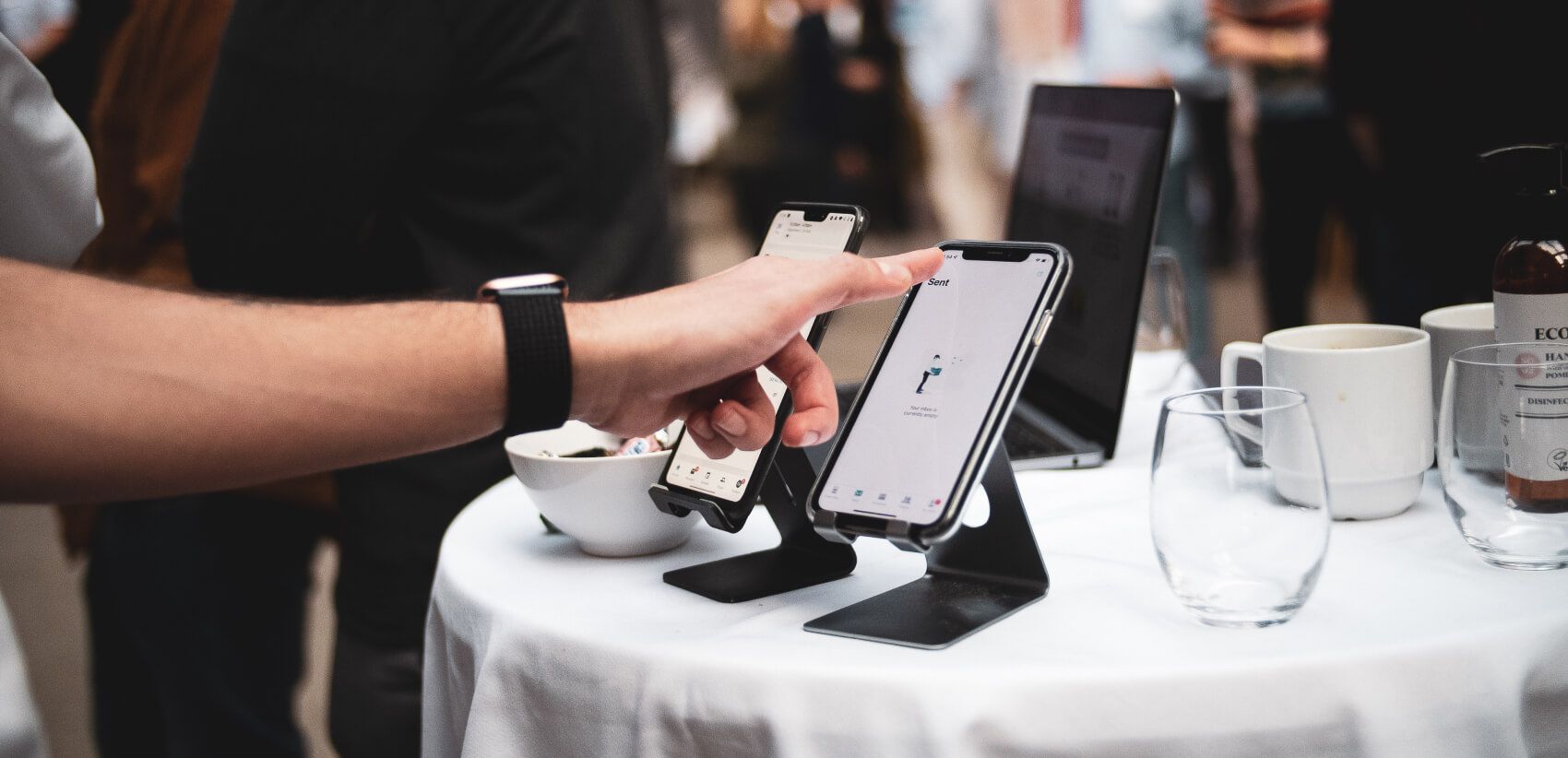
A manual and error-prone approach that couldn’t scale
As happens so often, the solution that had functioned fine at first soon became more of a hindrance than a help. A great deal of core text, used to populate many sections of Planday’s content requirement, was held on a single Google Sheet – with over 70 people holding rights to edit it.
This is something that will make anyone who’s worked with a collaborative document groan in sympathy: At its worst, it took a full five minutes to load, and was known internally as “that dreaded Google Sheet”. (And that’s probably the polite version).
With so many people involved, version control and deployment of an individual translated chunk of content (there were many on the sheet) was taking far too much time – even reverting a change needed careful consideration. And without any defined link between the content on the sheet and the equivalent content block seen by users of their app, updates were far too manual.
The good news: This process was ripe for a new structure. After all, in every quandary there’s an opportunity.
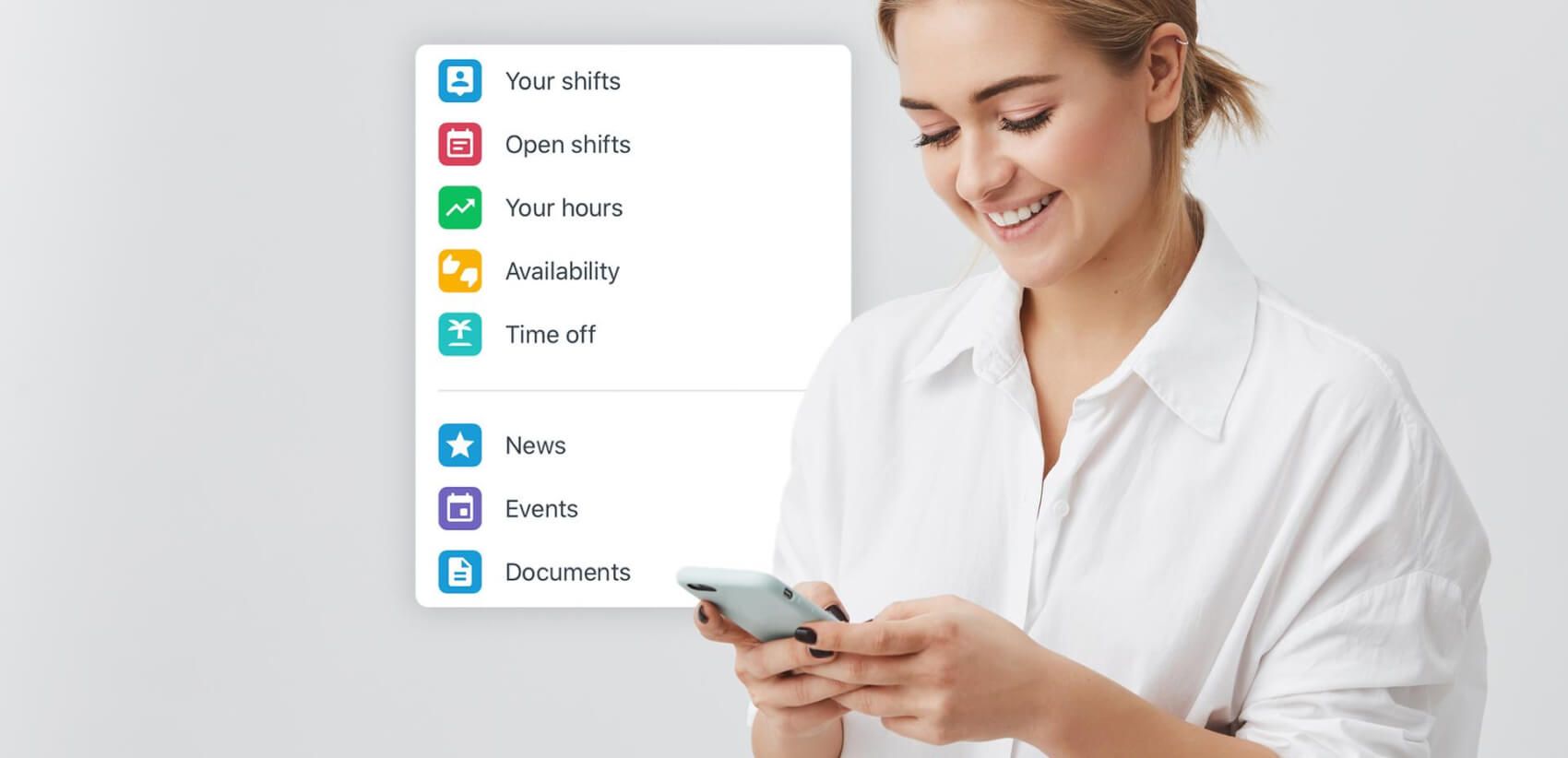
The Solution
Planday’s Cristina was part of the search for a solution. Like most growing apps, Planday was cost-conscious – so the price had to be right; there was no budget for a custom solution. The same applied to human resources: the internal team was already working hard just to keep the current setup on schedule. That’s when she looked at Lokalise.
Cristina and her colleagues were impressed by Lokalise’s price point – and equally so by its friendly face. She saw it was deeply technically capable, but without the UX complexity that technical platforms often have. (In fact, it’s not necessary to have any technical knowledge to use the Lokalise platform effectively – a plus, since most translators are not coders).
The deciding factor, however, was simply the way it enabled them to continue working without suffering huge disruption. They could continue working together, taking advantage of the relationships and understanding that Planday and Argos Multilingual had built over time; they could make changes to the same text, with the same people, for the same reasons. Of course, with the shift from a Google Sheet to a dedicated localization platform, this work could happen far, far faster – and the people involved were far, far happier.
Lokalise checked every box on Planday’s list of criteria. And some mattered more than others.
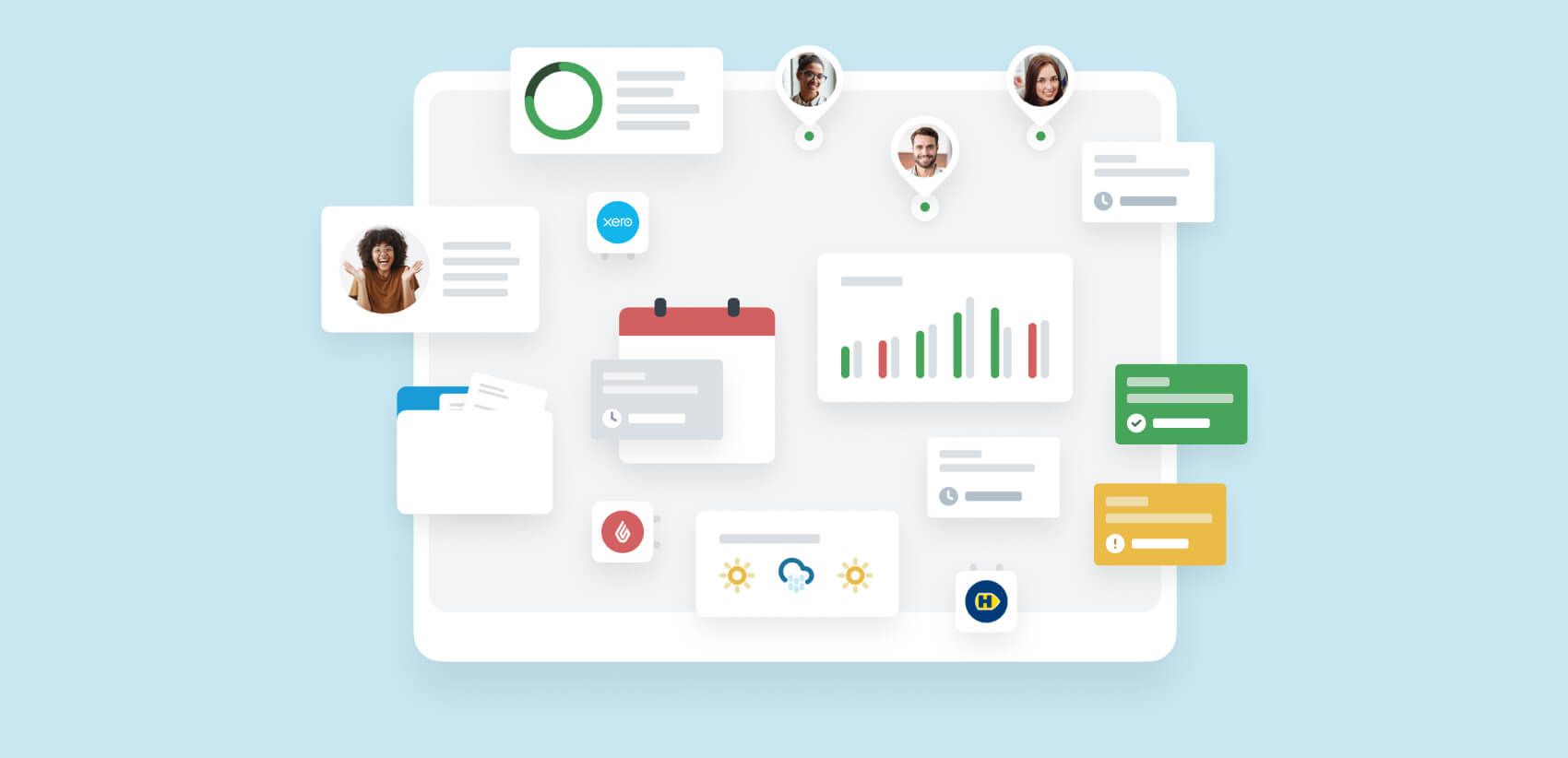
A move to integrated and scalable custom workflows
Number one among these was how the Lokalise platform integrated smoothly with collaboration tools that many people were already familiar with – like Slack for team discussions and managing workflow, and webhooks that linked changes in the translated text (such as an update) to the live version of that text. This had three huge benefits.
First, the Slack integration meant Planday could create visibility into translation requests for product managers and developers, and get notifications for translation deliveries. Suddenly, it was easy to notify the right people of what they needed to know without sending out a volley of emails manually.
Second, the webhooks (small apps that change content on a resource, such as a web page, when triggered by other events) let Planday deploy approved localizations directly to the live environment. “Going live” is now an instant process, which previously took 24 hours.
Third, came a decision to make use of Lokalise’s Glossary – a “living repository” of standard and repeated words and phrases across all 20 languages in play. It’s not just a list; the feature lets Lokalise clients include explanatory screenshots that illustrate where and how a piece of content needs to slot into a web page or app layout, making comprehension easier. When there are a hundred ways to translate the same sentence, the Glossary tells team members which one to use. And if it changes, all instances of that text can be updated in one go.
We have a lot of key terms that need to be the same across different platforms and different forms of content. Take screenshots – in some scenarios they've been a lifesaver!
Results: Smoother workflows, easier collaboration
Maintaining standards at scale, with a focus on processes
Consistent and predictable workflows are the dream scenario for any complex project, and as Planday and Argos Multilingual moved increasing amounts of collaborative work to the Lokalise platform, it became clear that these cleaned-up processes were emerging thick and fast.
For example, the visibility of statuses in Slack provided simple and accessible cues about recent changes, visible to everyone involved. Previously, it’d been an hour-plus task to keep everyone in the loop. Now, it’s ten minutes.
Further time hogs were cut down to size in the area of requesting translations. Formerly, collecting and actioning a single request had been a mostly manual process, needing constant checking and verifying for accuracy and peace of mind.
Today, that control is wielded through an established process, with full visibility into granular detail on what needs to change and when, (and deployment of updated text now automatic). That’s another one-hour task reduced to ten minutes.
Also, during deployment, version control is now much easier, with any remaining conflicts easily documented and correctable.
It allowed us to identify QA issues (mistranslated strings, placeholder discrepancies, spelling errors) and reduce them by 50% within two months of adopting Lokalise. There were a lot of quick wins that we were completely unaware of!
Meanwhile, troubleshooting of all kinds became easier, too. The old Google Sheet had become infested with unused and obsolete translations, a hazard for any busy localization team. Using Lokalise quickly banished 60% of these, with the other 40% not far behind. Even fixing discrepancies and bugs in the live environment became easier: while the previous 24-hour turnaround might sound fine to many companies, Cristina’s colleagues can now solve them in 15 minutes.
So far, there have been no negatives for Planday and Argos in adopting Lokalise. It’s let them continue working together as before – but removed a huge amount of friction in the process.
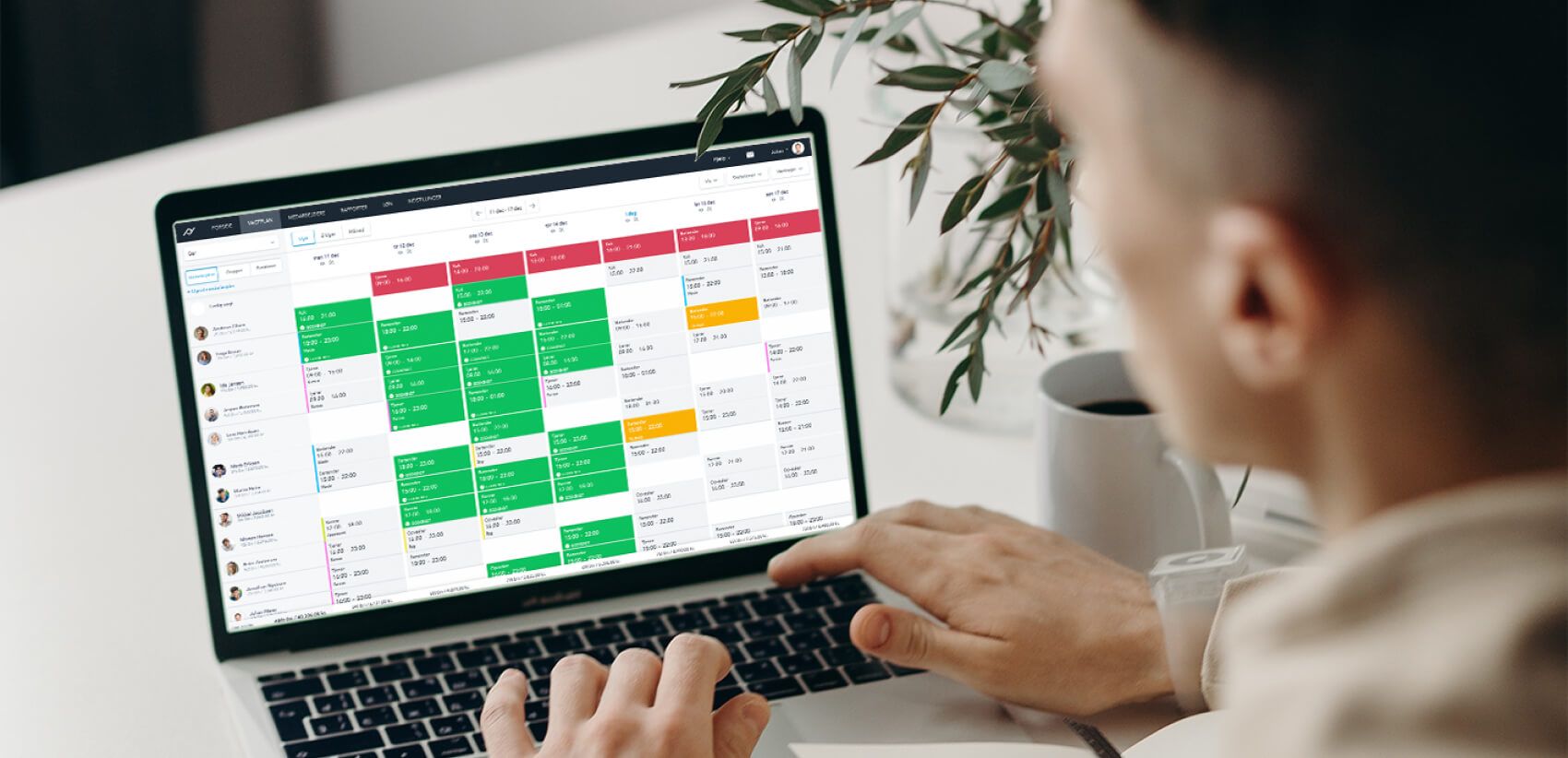
Making a functioning team function better
Planday’s experience illustrates many of the things we see every day at Lokalise: they improved processes, yes, but they also gained greater “quality of life”. According to Cristina, it’s let them spend time on improvements and new initiatives, rather than constant troubleshooting and error correction. And that’s leading to greater efficiencies across the organization, making both Cristina’s team and her partners at Argos Multilingual happier.
They’re even starting to stir in region-specific (not just language-specific), idiomatic language that takes account of local culture, with the goal of attracting even more customers to the Planday application. In other words, adopting Lokalise hasn’t just improved workflows – it’s helping them win new business.
Delivering scalable, native-level localization isn’t easy, but working with Lokalise is. If you’re a language service provider looking to elevate your localization expertise, get in touch with us for a no-strings conversation about how we can uncover new opportunities together.
Localization made easy.
Try it free or let us show you how it works
Read more case studies
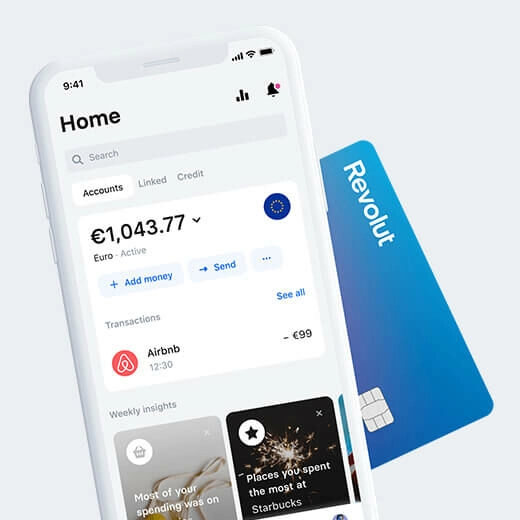
How Lokalise contributed to Revolut's massive growth

ESL Gaming shortens time to market with a centralized approach to translation
Case studies
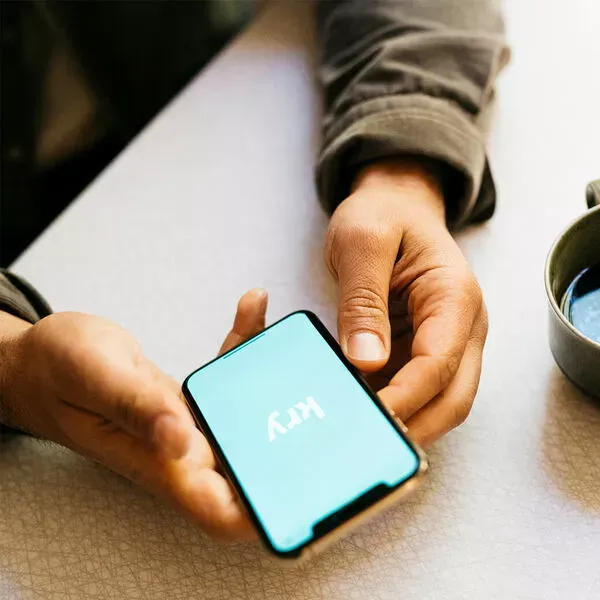
Behind the scenes of localization with one of Europe’s leading digital health providers
Read more Case studies
Support
Company
Localization workflow for your web and mobile apps, games and digital content.
©2017-2026
All Rights Reserved.

